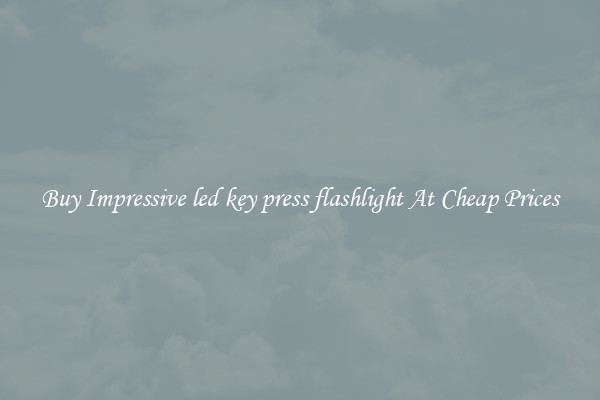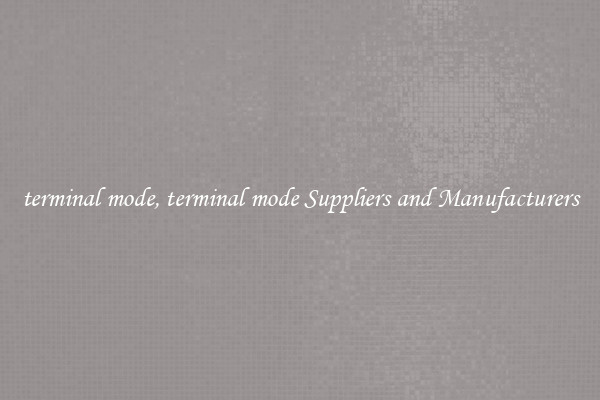forms for precast concrete For Commercial Uses
Precast concrete has become a popular choice in construction for a variety of commercial projects due to its durability, versatility, and cost-effectiveness. One key component of precast concrete construction is the use of forms to shape the concrete into specific sizes and shapes. Forms are crucial to achieving the desired results in precast concrete construction, and there are several different types of forms that can be used depending on the project requirements.

One common type of form used in precast concrete construction is a steel form. Steel forms are durable and can be reused multiple times, making them a cost-effective option for projects that require a large quantity of precast concrete elements. Steel forms can be customized to the exact specifications of the project, allowing for a high level of precision and accuracy in the final product.
Another type of form that is commonly used in precast concrete construction is a fiberglass form. Fiberglass forms are lightweight, easy to handle, and provide a smooth surface finish to the concrete. They are often used for projects where a high level of detail and intricacy is required, as fiberglass forms can be easily molded into complex shapes and designs.
Wood forms are another option for precast concrete construction, providing a more flexible and customizable solution compared to steel or fiberglass forms. Wood forms are easy to work with and can be easily modified to fit the specific needs of the project. However, they are not as durable as steel or fiberglass forms and may need to be replaced more frequently.
Overall, the type of form used in precast concrete construction will depend on the specific requirements of the project, including the size, shape, and complexity of the precast elements. It is important to carefully consider the form material and design to ensure that the final product meets the desired specifications and quality standards.
In conclusion, forms play a crucial role in precast concrete construction for commercial projects. Whether using steel, fiberglass, or wood forms, selecting the right form material and design is essential to achieving the desired results in terms of durability, precision, and cost-effectiveness. By choosing the appropriate form for each project, contractors can ensure a successful outcome and deliver high-quality precast concrete elements for a variety of commercial applications.

View details

View details

View details

View details







